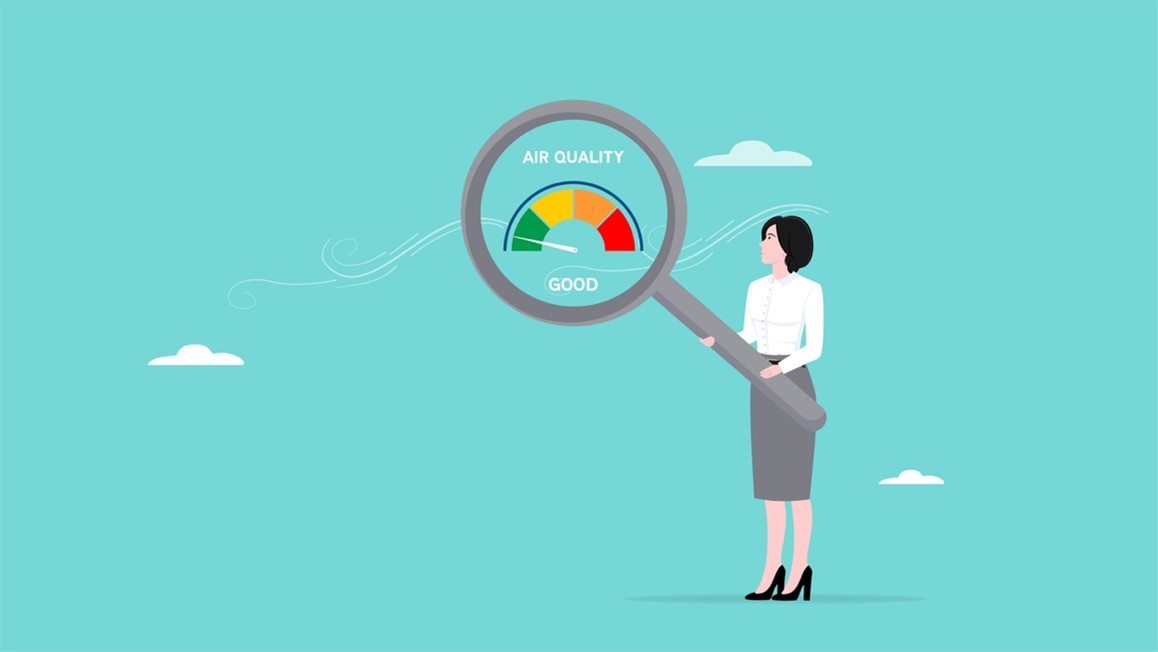Setting up policies for the privacy, security, and ethical use of student data is not a one and done activity! It is an ongoing process that school districts need to prioritize. Using the Trusted Learning Environment (TLE) process from CoSN provides schools with a tested template that can be used to put in place procedures for keeping student data safe.
In 2015, CoSN, AASA, ASBO International, and ASCD launched the Trusted Learning Environment (TLE) initiative to help school leaders reassure students, parents, administrators, and the community that they were following best practices for ensuring the privacy, security, and ethical use of student data. The initiative, funded by the Gates Foundation, is still going strong. School leaders can complete a self-assessment and then apply for a CoSN Trusted Learning Environment (TLE) Seal from CoSN. This seal indicates that a school or district has built a strong and effective privacy program.
What is a Trusted Learning Environment?
A Trusted Learning Environment (TLE) is an educational setting—increasingly digital and data-rich—where all stakeholders share mutual trust regarding the privacy, security, and ethical use of student data. In practice, a TLE is achieved when school systems have implemented strong, measurable, and publicly available student data privacy practices and have fostered transparency and open communication about how student information is used and protected. Steps toward the goal of creating a TLE include developing policies, tools, and habits that reinforce data security, trust, and responsible digital citizenship.

What are the Key Elements of a Trusted Learning Environments?
Parents, teachers, and community members share deep concerns about student privacy, from the threat of hackers to worries over inappropriate sharing of data with third parties. A TLE addresses these concerns head-on by putting rigorous safeguards in place, earning the confidence of families, and promoting a safe learning ecosystem.
Trust is not only about compliance; it is foundational for engagement and learning. When students and families know their information is protected, they are more likely to fully participate, take academic risks, and build authentic relationships with educators. Trust also extends to the broader use of technology, encouraging innovation and reducing resistance.
Research consistently shows that students learn best in safe, supportive environments where trust is present. A TLE creates conditions for students to feel secure, valued, and respected, setting the stage for academic, social, and emotional growth. Schools and districts that prioritize TLE practices stand out to families evaluating educational options. Transparent, trustworthy privacy practices foster a positive public image and strengthen community ties.

What are the Key Principles of Trusted Learning Environments?
Trusted Learning Environments are guided by several core principles including transparency and openness, data stewardship, participation through engagement with all stakeholders, embracing digital innovation, clear oversight and review of policies, and equity so that all learners’ needs are addressed. TLE helps school districts balance innovation and the adoption of new digital learning tools with ensuring that these new technologies include safe mechanisms for the ethical use of student data.
How Can I Create a TLE for My School?
Establishing a TLE is an ongoing process —not a one-time event. Here are the fundamental steps every K-12 school system should follow:
1. Build a Strong Foundation of Leadership
To build a strong foundation of leadership it is important to secure buy-in from district leadership and the school board to understand the importance and resources needed to implement TLE. Appoint staff to be data stewards that will oversee establishing and carrying out plans to ensure data privacy. Create a team to help with policy development and make sure these policies align with state and federal regulations.
2. Foster Open Communication and Transparency
Fostering open communications includes educating the community about how data is collected, stored, and used. Get input via town halls or forums to gather feedback about policies and concerns and make security measures and privacy policies available on school websites or publications.
3. Focus on Professional Development
Set up ongoing staff trainings to provide them with information on best practices and their role in ensuring data privacy, cybersecurity, and digital citizenship. Help equip teachers with the tools they need to implement TLE practices in their classrooms, including how to model trust, foster safe online discussion, and handle sensitive data.
4. Implement Technical and Physical Safeguards
Audit digital tools by reviewing educational technologies for data privacy compliance before adoption. Secure infrastructure through the use of encryption, role-based access controls, and regular security audits to protect information systems. Be sure to update regularly by staying vigilant for new threats.
5. Cultivate a Culture of Trust in the Classroom
Model trusting relationships: Teachers build rapport through consistent, respectful interaction and by honoring student voice, which helps students feel safe to participate and take risks.
Judgment-Free Zones: Encourage open dialogue, respect for diverse perspectives, and teach students to navigate digital spaces responsibly. Celebrate academic and social-emotional achievements, and address incidents of bullying, online misconduct, or breaches transparently and fairly.
6. Align with National Standards: The TLE Seal
The TLE Seal includes a self-assessment to provide schools with a gap analysis to identify strengths and areas for improvement. Schools are asked to document compliance across the five core practice areas: Leadership, Business, Data Security, Professional Development, and Classroom Practice. Once that process is done, schools apply for the TLE Seal to seek recognition for these efforts, which provides external validation, actionable feedback, and benchmarks progress.
Once that process is complete there is an ongoing process of iterating and improving. This can include regularly seeking stakeholder input and updating policies as technology and threats evolve. Preparing for and responding swiftly to incidents; transparency and communication are essential to maintaining trust during challenges.
Best Practices & Action Steps
- Define Trust for Your Community: Engage stakeholders in articulating what trust means for your unique learning environment.
- Value Student Perspectives: Empower students to share their digital experiences and concerns.
- Engage Experts: Partner with legal, data, and technology experts to guide strategy and training.
- Document and Share Successes: Highlight progress and stories about how your TLE makes a real difference in student lives.
Trusted Learning Environments aren’t just a compliance exercise—they are the bedrock of modern, high-functioning schools. By prioritizing transparency, communication, data stewardship, and stakeholder engagement, K-12 leaders can transform tech-driven risks into a culture of trust and opportunity.
This article was adapted from the following resources:
- https://www.instructure.com/resources/case-studies/tle
- https://www.cosn.org/edtech-topics/trusted-learning-environment/
- https://www.aspeninstitute.org/wp-content/uploads/2025/05/FINAL-Guide-Aspen-Learning-Environments-Low-Res.pdf
- https://www.cityyear.org/national/stories/education/why-building-trust-in-schools-matters/
- https://www.cosn.org/tools-and-resources/resource/building-a-trusted-learning-environment-understanding-the-classroom-practice/
- https://studentprivacycompass.org/resource/trusted-learning-environment-tle-overview/
- https://www.wgu.edu/blog/15-tips-creating-safe-learning-environment2202.html

Leslie Stebbins is the director of Research4Ed. She has more than twenty-five years of experience in higher education and K-12 learning and instructional design. She has an M.Ed. from the Technology Innovation & Education Program at the Harvard Graduate School of Education and a Master’s in Library and Information Science from Simmons College. Program








